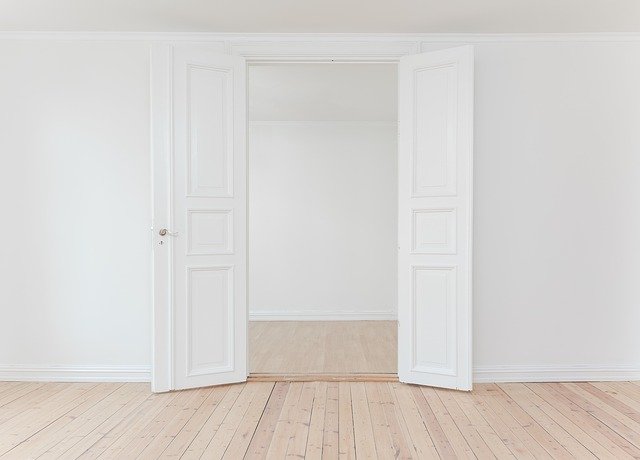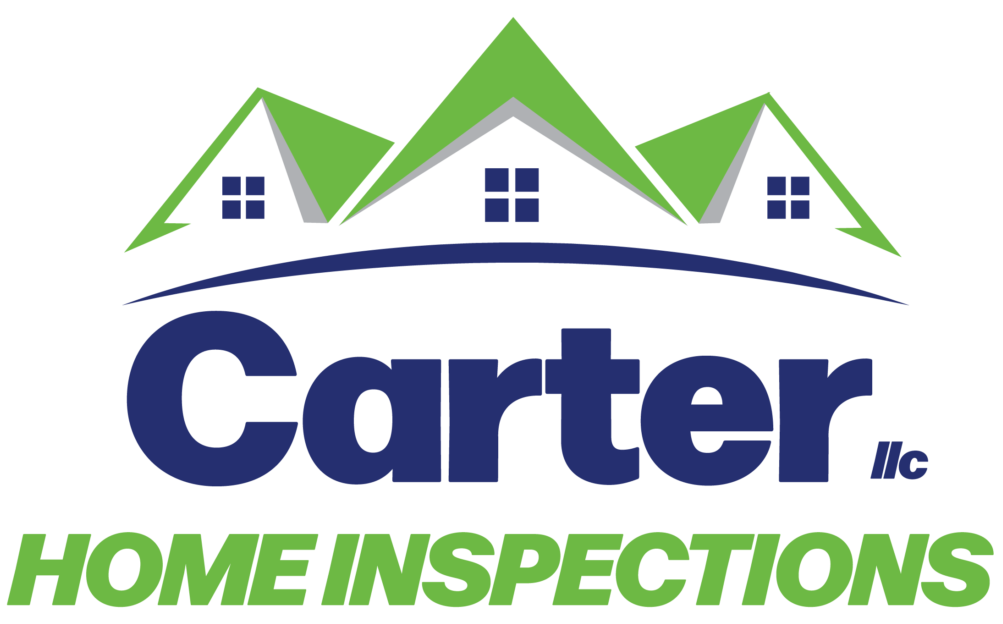
If you have a renovation project going on or are building your own home, you will have a lot of decisions to make. However, when it comes to drywall you may not even realize there are options. In this blog, we are going to talk about two different types of drywall and look at the advantages and disadvantages of each type. The two types of drywall we are discussing, are the standard drywall you will be most familiar with and paperless drywall.
The advantages. Standard drywall has a gypsum center that is wrapped in super thick paper. It is easy to work with, is available everywhere, and will give a nice smooth finish to a wall. Paperless drywall, on the other hand, has a water-resistant gypsum center and is covered in fiberglass, not paper. This makes it a lot stronger and better at repelling moisture, so will not be as prone to mold and mildew, etc.
The disadvantages. Because standard drywall is wrapped in paper, it is susceptible to moisture damage and problems that result, like mold. So, this type of drywall might not be as durable in more moisture-prone places, like basements and bathrooms. Paperless drywall, because of its extra strength, is harder to work with, and achieving a smooth finish will require a lot more effort. Another disadvantage is that paperless drywall is harder to find and may not be available everywhere.
What should you conclude? From this brief review, it may be clear that standard drywall is good for large areas, not prone to moisture, whereas paperless drywall is suitable for moisture-prone areas.
